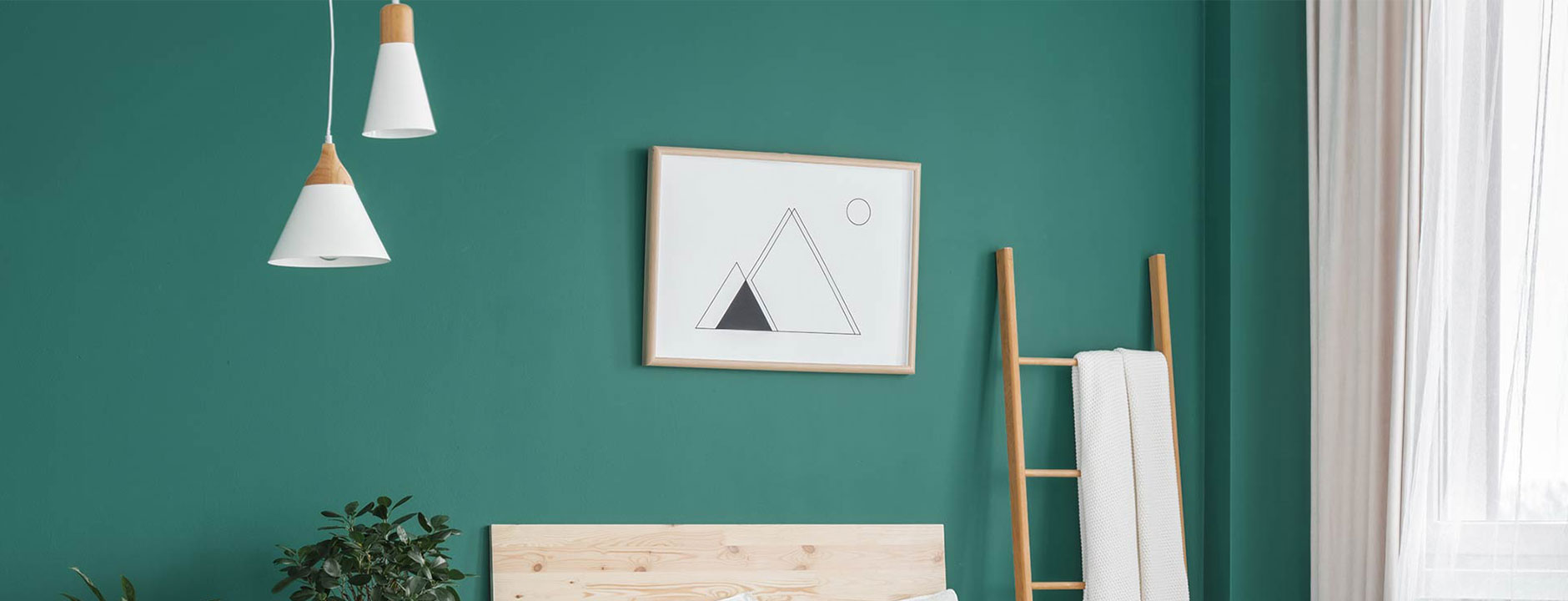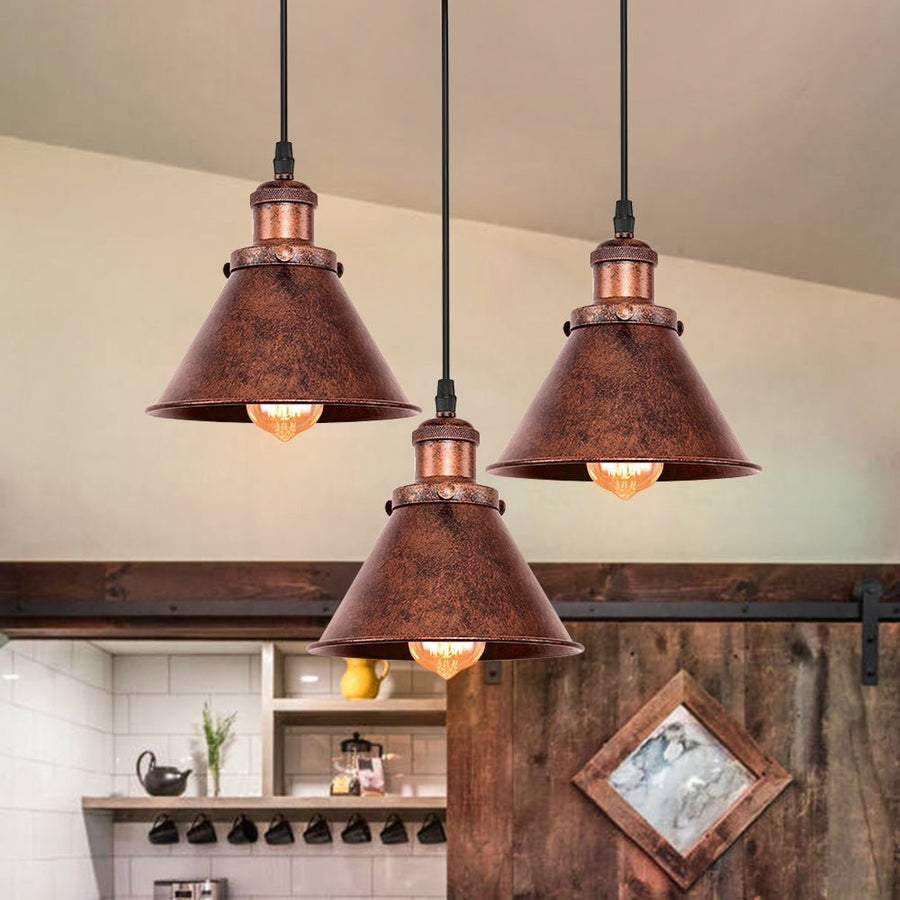How to Choose the Perfect Pendant Light to Enhance Your Inside Style
Selecting the best Pendant light needs careful factor to consider of various components. The style should line up with the general style, while size plays a crucial role in making certain appropriate proportion. Shade and surface choices can enhance visual appeal. Furthermore, reviewing light outcome is necessary for capability - Pendant Light. Comprehending these facets can change an area, producing an inviting environment. Yet, the process includes even more than just appearance; there are usefulness that need to also be resolved

Understanding Various Pendant Light Styles
Pendant lights can be found in a range of styles, each offering unique visual and useful advantages. From industrial designs that include revealed light bulbs and steel finishes to stylish glass fixtures that evoke a feeling of class, the alternatives are large. Contemporary Pendant lights typically emphasize minimalist shapes and clean lines, while vintage-inspired designs may include intricate detailing and cozy tones.
For those seeking a rustic appeal, fixtures made from all-natural materials like timber or rattan offer a comfortable feeling. Furthermore, multi-light necklaces can act as declaration pieces, integrating numerous bulbs in a solitary design for significant result.
Each style contributes in a different way to a space, affecting the general ambiance and personality. Understanding these diverse Pendant light styles allows developers and homeowners to make enlightened options that line up with their indoor style vision, boosting both capability and aesthetic appeal in their environments.
Identifying the Right Size for Your Room
When selecting a pendant light, properly gauging the ceiling height is important for accomplishing the right equilibrium in a room. In addition, computing the range of the component in connection with the surrounding room guarantees that the light enhances as opposed to bewilders the design. These elements play a vital duty in creating an unified indoor setting.
Procedure Ceiling Height
To accomplish a cosmetically pleasing layout, gauging ceiling height is essential for picking the proper size of Pendant light. The height of the ceiling straight influences the range and percentage of the illumination component. In spaces with basic eight-foot ceilings, Pendant lights need to normally spend time 30 to 36 inches over the surface area below, such as a dining table or kitchen island. For greater ceilings, modifications must be made accordingly, as a greater installment can produce a much more dramatic result. When identifying the suitable height, it is essential to reflect on the total area measurements and layout. Accurate measurements help assure that the Pendant light not only matches the area's design however additionally offers adequate lighting without frustrating the space.
Calculate Fixture Range
Picking the ideal dimension for a lights component is necessary for developing consistency in a room's style. To determine fixture scale, one must take into consideration the measurements of the room. A common standard entails including the room's size and width in feet, which provides an ideal diameter in inches for a pendant light. A room determining 10 feet by 12 feet recommends a fixture diameter of about 22 inches. Additionally, the height of the ceiling plays an important function; taller ceilings might suit larger components. Ensuring the Pendant hangs at a proper elevation-- usually 30 to 36 inches above surface areas-- further boosts performance and aesthetic appeal. Correctly scaled components can change a space, making it really feel inviting and well-coordinated.
Considering Shade and Finish Alternatives
When selecting a pendant light, the interplay of shade and coating can greatly affect the general visual of a space. Collaborating the light's shade palette with existing design assures a harmonious design, while the option of surface material can improve texture and style. Thoughtful consideration of these components is vital for accomplishing a natural appearance in interior decoration.
Color Palette Coordination
Shade combination control plays a necessary role in accomplishing an unified interior layout, particularly when picking pendant lights. Choosing a pendant light that enhances the existing shade system enhances the general visual. A light with warm tones can produce a cozy atmosphere in an area loaded with natural tones, while cooler tones might balance effectively with a modern, minimal scheme. It is vital to consider the dominant colors in the area, ensuring that the Pendant light either blends seamlessly or offers a striking contrast. Furthermore, including accent shades from the combination can connect the design with each other, developing a natural look. Inevitably, thoughtful color sychronisation boosts the visual influence of the Pendant light within the indoor design scheme.
Finish Product Considerations

The option of coating products for Pendant lights greatly affects the overall style visual of a room. Different surfaces, such as matte, glossy, or textured, can develop differing aesthetic effects. As an example, a refined metal finish may stimulate a modern-day, industrial environment, while a matte or brushed surface can lend a softer, more organic feeling. Color alternatives, varying from traditional blacks and whites to lively colors, additionally play a necessary role in integrating with existing style. In addition, materials such as glass, timber, or ceramic can enhance the Pendant's character and complement surrounding elements. Ultimately, selecting the appropriate coating material assures the Pendant light not just brightens yet also enhances the room's layout story.
Evaluating Light Result and Capability
Light result and performance are essential factors in selecting the perfect Pendant light for any area. Evaluating the illumination of a pendant light involves understanding lumens, which determine the complete light released. A higher lumen matter usually indicates a brighter light, crucial for tasks such as analysis or cooking. Additionally, the color temperature level, determined in Kelvin, influences the setting; warmer tones create a relaxing atmosphere, while cooler tones promote awareness.
Capability prolongs beyond brightness to include the component's style and positioning. Flexible necklaces can provide functional illumination for different tasks, while repaired alternatives include a declaration to the decoration. In addition, thinking about the elevation at which the Pendant will YOURURL.com certainly hang is important, as it affects both light circulation and safety. Ultimately, a well-assessed light result and functionality will certainly ensure that the selected Pendant light fulfills both functional and visual needs in the designated official source room.
Matching Pendant Lights With Your Interior Layout Motif
Exactly how can one ensure that Pendant lights boost the overall interior decoration motif of a room? The crucial lies in picking components that reverberate with the well-known aesthetic. In a minimal setup, simple and sleek designs in neutral colors can create a cohesive appearance. On the other hand, a vintage-themed room might gain from luxuriant Pendant lights, featuring complex designs or warm tones that evoke fond memories.
Furthermore, taking into consideration the material and finish of the Pendant light is vital. Metals like brass or copper can add a touch of sophistication to a contemporary space, while timber elements may enhance rustic insides.
Color harmony likewise plays a considerable role; choosing tones that align with the room's scheme guarantees that the lighting feels incorporated instead of out of area. Inevitably, the appropriate Pendant lights must not just illuminate but likewise serve as a stylistic expansion of the overall design, enhancing the atmosphere and personality of the space.
Installment and Positioning Tips for Maximum Effect

In larger rooms, consider utilizing bigger pendants or clusters to avoid them from really feeling lost in the area. For an open-concept design, aligning the necklaces with various other layout elements, like counter tops or furniture lines, fosters communication. Additionally, dimmer buttons can boost adaptability, enabling adjustable atmosphere. Ultimately, thoughtful installment and positioning of Pendant lights can change the looks and capability of any interior decoration.
Frequently Asked Questions
What Are the very best Products for Pendant Lights?
The very best products for Pendant lights include glass for elegance, steel for resilience, and fabric for warmth. see it here Each material supplies distinct visual appeals, permitting developers to produce functional lighting services that improve different indoor styles and atmospheres.
Exactly how Do I Maintain and Tidy Pendant Lights?
Preserving and cleansing pendant lights entails regular dusting, making use of a damp towel for surface areas, and using mild cleansers for glass components. Normal look for loose fittings guarantee safety and security and lengthen the life expectancy of the components.

Can Pendant Lights Be Dimmable?
The question of whether Pendant lights can be dimmable is appropriate for several. Various versions use dimmable features, permitting users to adjust illumination, boosting ambiance and performance. Compatibility with dimmer switches is vital for peak efficiency.
What Is the Life Expectancy of Common Pendant Light Bulbs?
The lifespan of typical Pendant light bulbs varies considerably. Incandescent bulbs last concerning 1,000 hours, while portable fluorescent lamps (CFLs) can last 7,000 to 15,000 hours. LED light bulbs use the longest lifespan, reaching up to 25,000 hours or even more.
Are Pendant Lighting Suitable for Outdoor Usage?
Pendant lights can be suitable for outside usage, yet they need to be particularly designed for such atmospheres. Weather-resistant products and appropriate installation are essential to assure durability and safety against aspects like dampness and wind.
Shade combination coordination plays a vital duty in achieving a harmonious indoor layout, specifically when choosing pendant lights. The choice of finish materials for Pendant lights greatly influences the general design visual of a space. Light result and capability are basic elements in choosing the suitable Pendant light for any kind of room. Examining the illumination of a necklace light involves understanding lumens, which gauge the total light given off (Pendant Light). How can one guarantee that Pendant lights enhance the overall interior layout theme of a space?